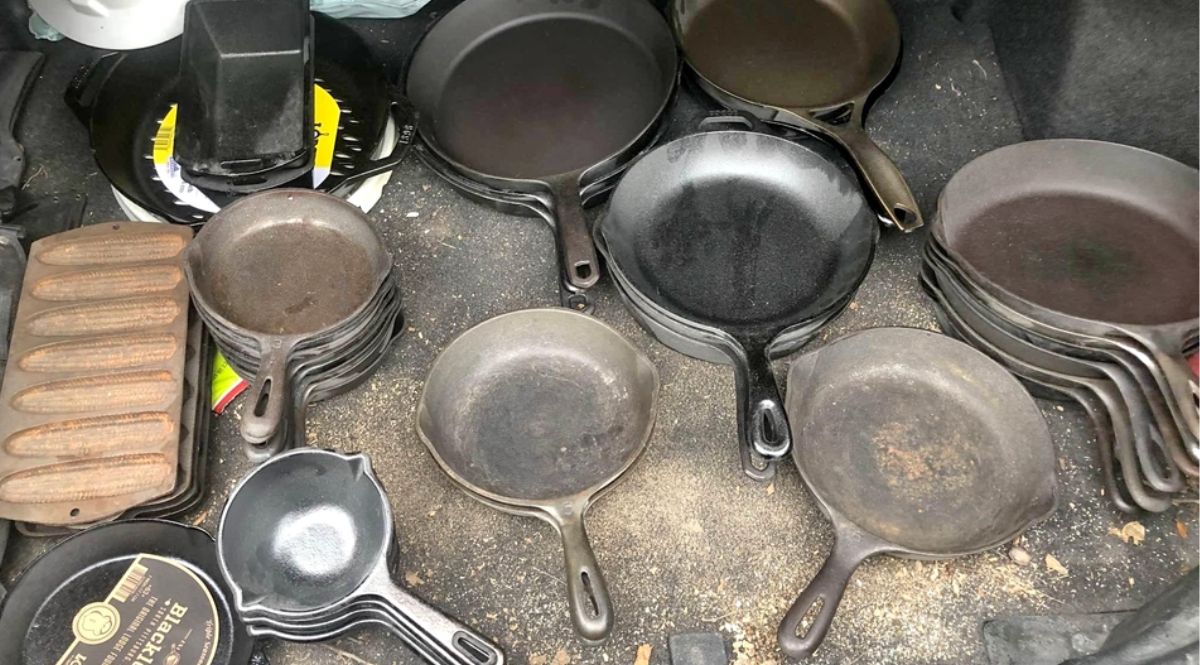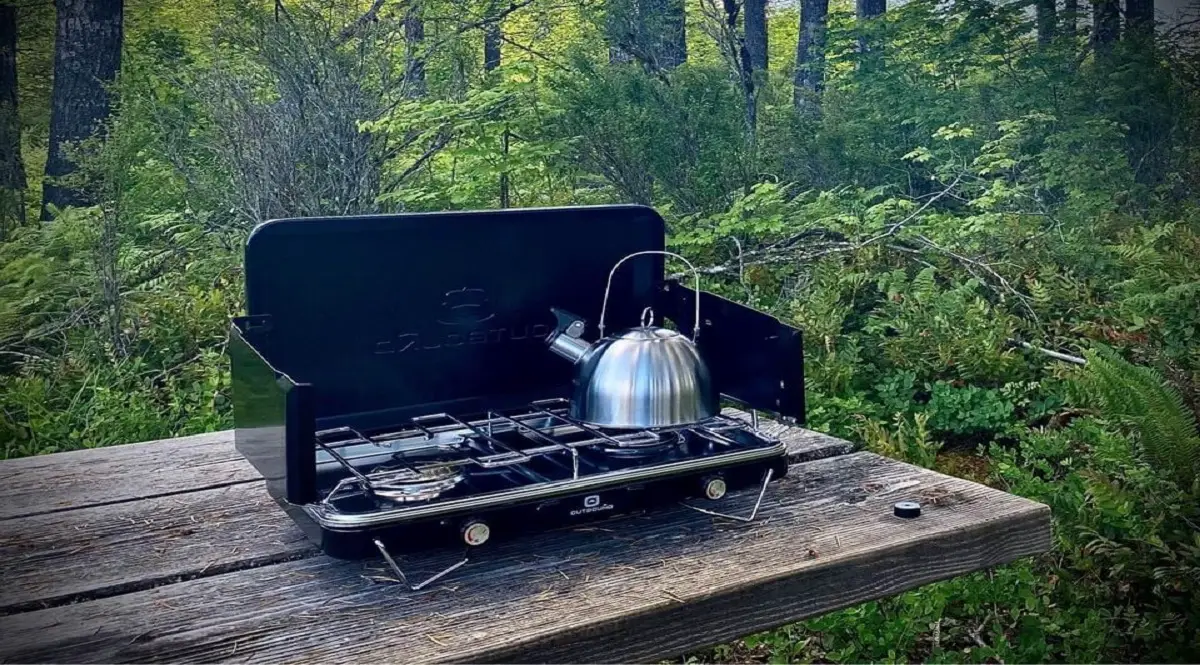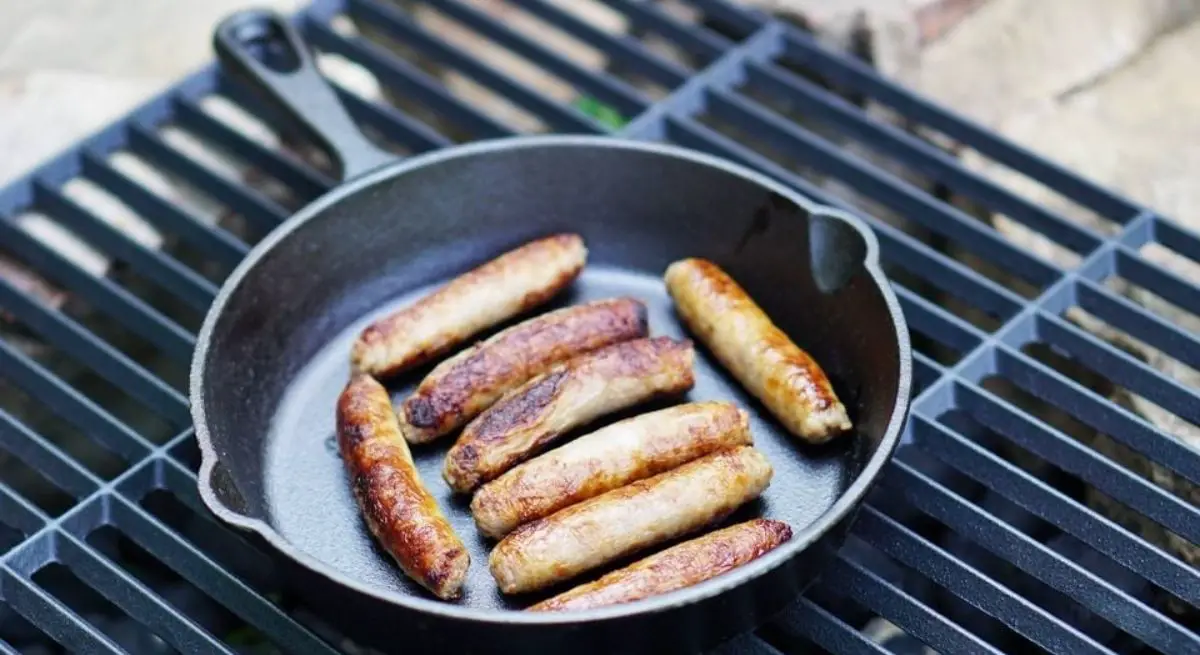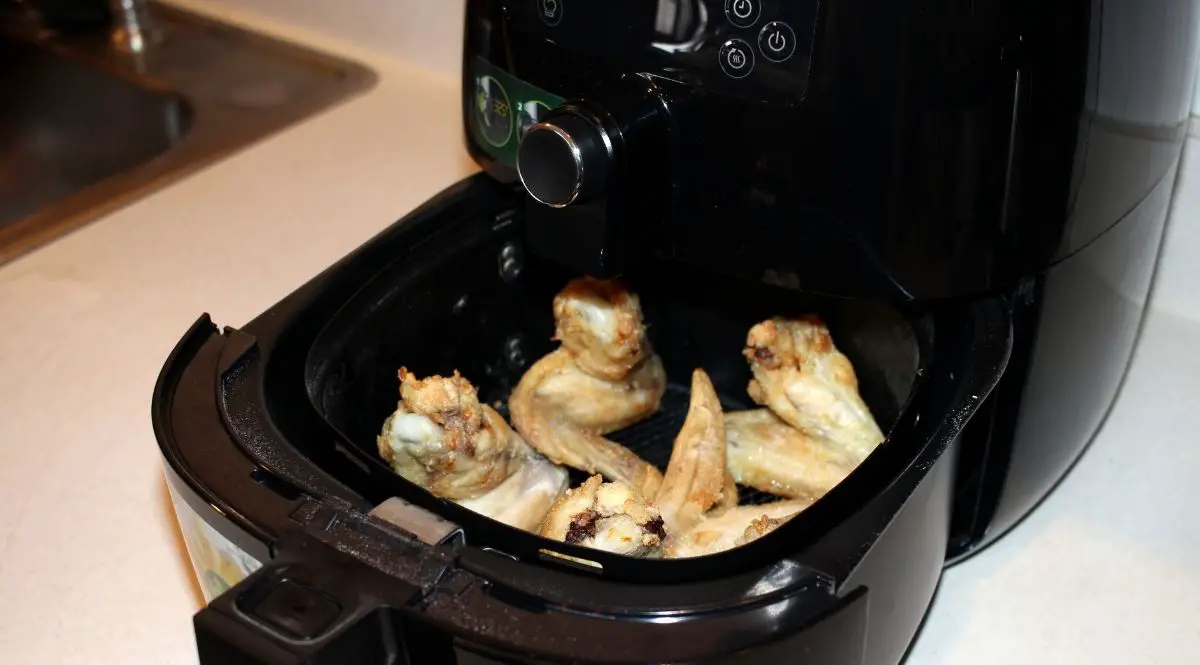Cheap and expensive cast iron pans are not the same. Their many differences lie in the make and design of each. With expensive cast iron pans sporting a finished and polished metal that is the result of handmade care. To notice this difference yourself, simply run your hand along the surface of a cheap cast iron pan. It will feel rough and maybe even jagged.
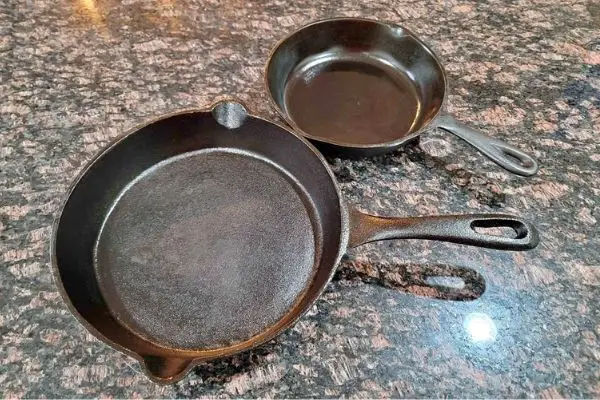
Compare to an expensive one, the surface will be incredibly smooth. While it may seem trivial, this difference is crucial. The material cast iron is an iron alloy containing around 2 to 4 percent carbon. This gives it its famous ability to retain heat so well.
The process of creating a smooth finish on cast iron is a painstaking and expensive process. One that cheaper brands can’t afford. That process alone hikes up the price immensely. When comparing the make and model of an expensive pan with a cheap one, this difference will become apparent.
What Is The Difference Between A $300 And A $25 Cast Iron Pan?
The primary difference between a $300 cast iron pan and a $25 one is in the way they are made. All cast iron pans, whether cheap, expensive or in between will be constructed from the same alloy. However, the way they are made differs immensely. This is evident in their surface area.
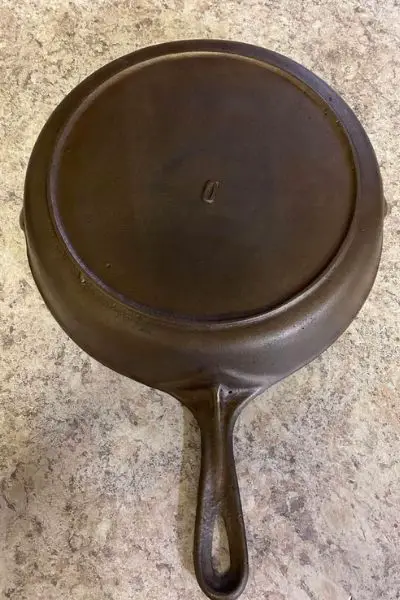
The design of cast iron pans is what makes them so great for cooking. The flat surface is perfect for holding oil, eggs, and much more, and the smoother the better. This is because a smoother surface prevents anything from sticking to it. If you’ve ever used a cast iron pan, then you know how annoying food items sticking to it can be.
Cheap cast iron pans have a rougher surface because they are made by using sand as the mold and having them then be machine cast. Expensive cast iron pans, however, are cast and smoothed out by hand. Making for a much more painstaking yet delicate process that produces that amazingly smooth surface.
Is There Really A Difference Between A $15 And $300 Cast Iron Cookware?
There absolutely is! $15 and $300 cast iron cookware will make for very different cooking experiences not just because of the differences in how they are made, but also in how they interact with items in your kitchen. Hopefully, if you are an avid cook, you often season your food, but this of course can make cooking a lot messier.
Cheap cast iron cookware is more susceptible to holding onto spices, seasonings, and other food items due to the little nooks and crannies that give them their rougher surface area. This makes cleaning way more of a hassle. Expensive cast iron cookware completely removes this hassle, with food items effortlessly falling off the surface of whatever it is that you are cleaning.
With a $15 cast iron piece, you will be spending lots of time and money on keeping them clean. With a $300 one, however, that one investment will save you lots in the future from spending on materials needed to keep it clean.
Smooth VS Rough Surface Cast Iron Skillet: Which Is More Non-Stick?
Speaking of cleaning, the smoothness of an expensive cast iron skillet versus the roughness of a cheap one has a huge effect on whether food items will stick to it as effectively. As mentioned earlier, the handcrafted molding of an expensive cast iron pan is what gives it its signature smooth surface, and this in turn helps keep food from sticking to it. This becomes even more significant for a cast-iron skillet. After all, the thinner design of a skillet makes the need for a non-stick surface that much more important.
The smoother surface increases the effectiveness of the cast iron’s heat retention. The increased heat prevents the fats in food such as eggs from sticking to the skillet when cooking them. So, while a cheap cast iron skillet will be able to have this same heat retention, it won’t be quite as effective as a smooth expensive version.
Does The Design Of The Cast Iron Skillet Make A Difference?
The design of a cast-iron skillet definitely makes a difference. This is because a thinner or thicker design will affect the skillet’s mass and weight. The reason a small difference in mass can be so crucial is how it affects the skillet’s heat retention. Just the addition of slightly thicker walls along the edge of the skillet’s surface can increase its heat retention by providing more space for absorption.
However, a thinner design might be better if you are willing to sacrifice a bit of heat retention for ease of handling. Less mass also means less weight, and that makes cooking meals that require you to frequently move and flip the skillet around way easier.
Cooking small pizzas, pies, doughs, and tossing vegetables would all benefit from a lighter skillet. The design and make of the skillet you choose will depend on your goals in the kitchen. Speaking of make and design, let’s dive into how the famous Le Creuset cookware items are made.
How Are Le Creuset Cast Iron Cookware Made?
Le Creuset cast iron cookware is known for its extensive construction process that produces a unique piece for each model. The metals that make up the iron alloy are melted down in a furnace at temperatures of around 1000 degrees Fahrenheit. The name Creuset means “melting pot” and this is where the melted metals are then held before being molded. Once the piece has cooled in its sand mold, it is then removed, sanded, finished, and polished by hand to give it its signature feel.
Following this, the piece is then shot blasted to remove the oxidation that would otherwise eat away at the metal. This also primes the surface of the piece for its enamel coating. Once three separate coatings of enamel have been applied, the piece is then air-dried and baked in a furnace at around 800 degrees Fahrenheit to seal it in. This extensive and careful process is what separates expensive pieces such as Le Creuset from their cheaper counterparts.
How Are Inexpensive Cast Iron Cookware Made?
Inexpensive cast iron cookware is made pretty similarly to the expensive pieces; however, they forego certain steps in the process. Just like Le Creuset for instance, the metals are melted down and placed in a sand mold. However, once the metal dries in its mold, the sand is then broken away from it and that is that. The process ends right there. The piece is not sanded, or polished, nor is it finished by hand for extra pristine smoothness.
Additionally, the enamel is not used to provide a final finish on top of the metal that was used. Inexpensive cookware is also often made locally and is sold without much or any packaging at all. All of this serves to cut manufacturing costs which allow the price of the piece itself to be brought down. Perhaps the most significant change is the use of enamel, let’s explore the differences between cast iron pans that use it versus those that do not.
Enamel VS No-Enamel Cast Iron Pans
The use of enamel for cast iron pans is essentially a luxury coating. They not only provide a unique aesthetic but many benefits to the pan as well. After a cast iron pan is molded, multiple enamel coatings can be administered. The first is applied to the exterior of the pan and serves to seal the iron itself. This keeps it protected from oxidation and other forms of environmental damage.
The second coating is usually applied to the inside and allows the pan to stay in good shape after years of heat exposure and cooking. A third coating is usually exclusive to more luxury brands such as Le Creuset and simply serves to provide a unique and distinguished look that separates it from the rest.
Whether it is the enamel coating, the process behind manufacturing it, or the quality of its surface area, the differences between expensive and cheap cast iron pieces are many. If you are willing to spend the extra money on one, an expensive cast iron pan will certainly be a staple of your kitchen appliances.

